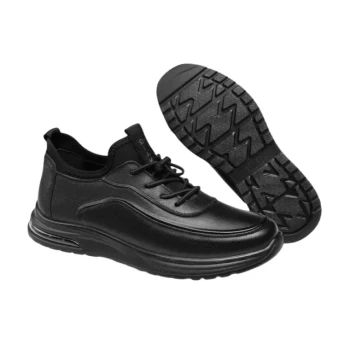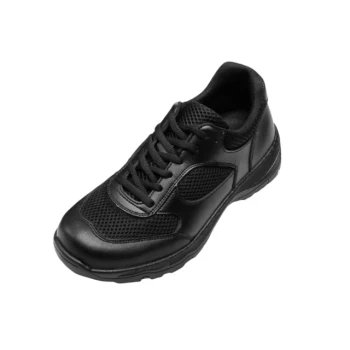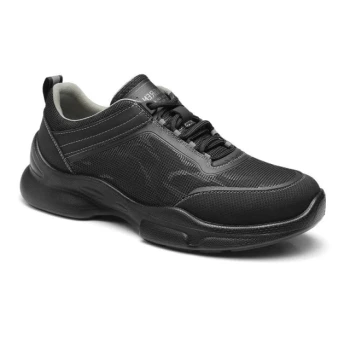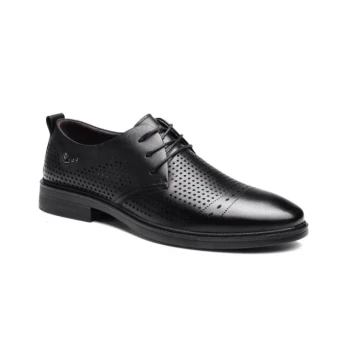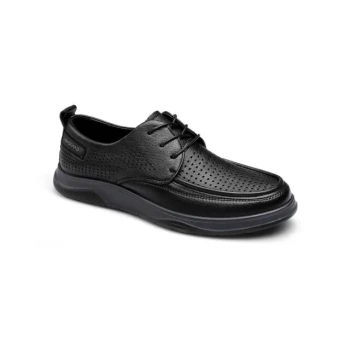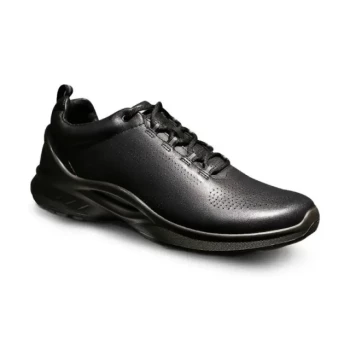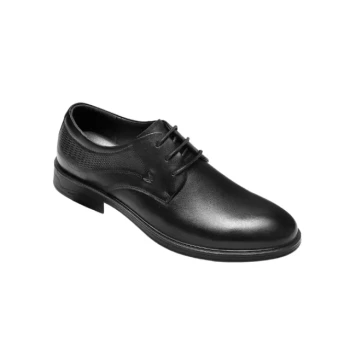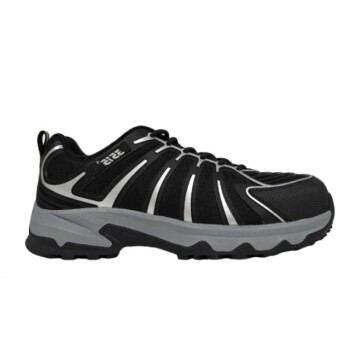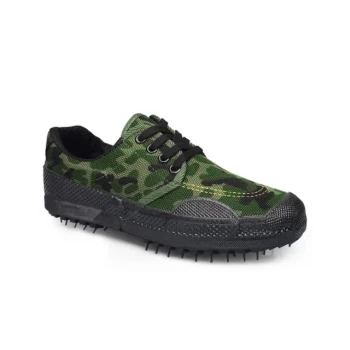The Goodyear welt is named after its inventor, Charles Goodyear Jr. He patented the machinery required for the process in 1871, which dramatically accelerated the manufacturing of durable, repairable footwear. This innovation is entirely separate from the work of his father, Charles Goodyear Sr., who invented vulcanized rubber and for whom the Goodyear Tire and Rubber Company is named.
The name "Goodyear welt" signifies more than just its inventor; it represents a pivotal manufacturing technology that made durable, water-resistant, and easily resoleable footwear accessible on a mass scale.
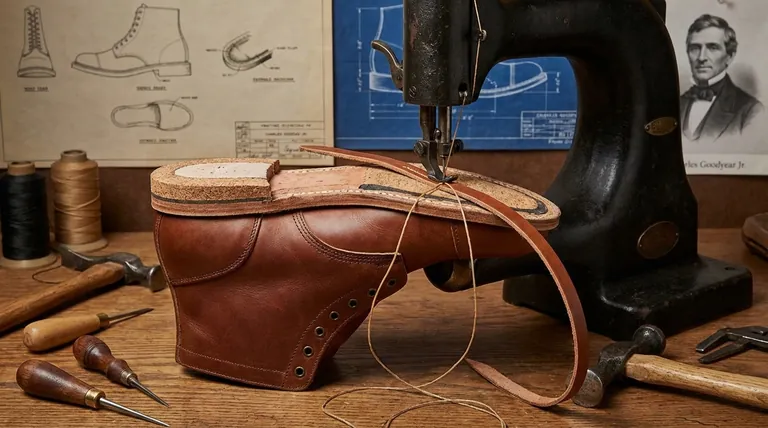
What is a Goodyear Welt?
To understand the significance of the name, you must first understand the construction it describes. The Goodyear welt is a method of attaching the sole of a shoe to its upper.
The Key Components
A Goodyear welted shoe has three primary parts connected by stitching: the upper (the main body of the shoe), the insole, and the outsole (what contacts the ground).
The critical component is the welt: a strip of leather sewn around the bottom edge of the upper.
The Two-Level Stitch
The genius of this method lies in its two independent stitches. First, the machine sews the upper and insole to the welt.
Second, in a separate stitch, the machine sews the welt to the outsole. This two-level construction means the outsole can be removed and replaced by a cobbler without interfering with the upper.
The Industrial Revolution in Your Footwear
The Goodyear welting machine didn't invent the concept of welting, but it did revolutionize the footwear industry by making a high-quality construction method scalable.
Before the Machine
Previously, welting was an incredibly skilled and time-consuming process done entirely by hand. This made welted shoes a luxury item available only to a few.
The Impact of Goodyear Jr.'s Invention
The Goodyear welting machine automated this complex stitching process. It allowed factories to produce exceptionally durable and repairable footwear far more quickly and consistently than was ever possible by hand.
This innovation made high-quality footwear accessible to a much broader market, and the "Goodyear" name became synonymous with this standard of durability.
Understanding the Trade-offs
While the Goodyear welt is considered a gold standard, it is not the only construction method, and it involves specific trade-offs.
The Advantage: Longevity and Repairability
The primary benefit is longevity. Because the outsole is stitched to the welt and not directly to the upper, it can be replaced multiple times, dramatically extending the life of the shoe.
This method also creates a more robust and water-resistant seal around the bottom of the shoe compared to other common construction types.
The Downside: Stiffness and Cost
Goodyear welted shoes are typically stiffer out of the box and require a break-in period. The additional materials and complex construction also make them more expensive to produce.
Comparison to Other Methods
Blake stitching involves stitching the outsole directly through to the insole. This creates a more flexible shoe with a sleeker profile but makes resoling more difficult and offers less water resistance.
Cemented construction is the most common method for modern sneakers and casual shoes, where the sole is simply glued to the upper. This is fast and inexpensive but means the shoe is typically not resoleable.
Making the Right Choice for Your Goal
Understanding shoe construction allows you to invest in footwear that truly matches your needs.
- If your primary focus is maximum durability and a long-term investment: A Goodyear welt is the undisputed standard for footwear you intend to wear and repair for years.
- If your primary focus is immediate comfort and a close-cut, flexible sole: A Blake-stitched shoe is often a better initial fit for dressier, less rugged applications.
- If your primary focus is affordability for casual or athletic wear: Cemented construction provides a practical and cost-effective solution for shoes not intended for resoling.
Ultimately, knowing the story behind the Goodyear welt empowers you to look past the brand name and evaluate the fundamental quality of your footwear.
Summary Table:
| Feature | Goodyear Welt | Blake Stitch | Cemented |
|---|---|---|---|
| Durability | Excellent (Resoleable) | Good | Fair (Often not resoleable) |
| Water Resistance | High | Moderate | Low |
| Flexibility | Stiffer (Requires break-in) | More Flexible | Varies |
| Cost | Higher | Moderate | Lower |
| Ideal For | Long-term investment, rugged use | Dress shoes, flexibility | Casual, athletic, affordability |
Ready to Manufacture Durable, Repairable Footwear?
As a large-scale manufacturer, 3515 produces a comprehensive range of footwear for distributors, brand owners, and bulk clients. Our production capabilities encompass all types of shoes and boots, including the durable Goodyear welt construction.
Partner with us to offer your customers:
- Superior Longevity: Footwear built to last and be resoled, increasing product life cycle.
- Mass Production Quality: Leverage modern technology to achieve the consistency and scale Charles Goodyear Jr. pioneered.
- Expert Craftsmanship: Benefit from our extensive manufacturing experience to deliver premium quality to your market.
Let's discuss your next footwear project. Contact our team today to get started!
Visual Guide
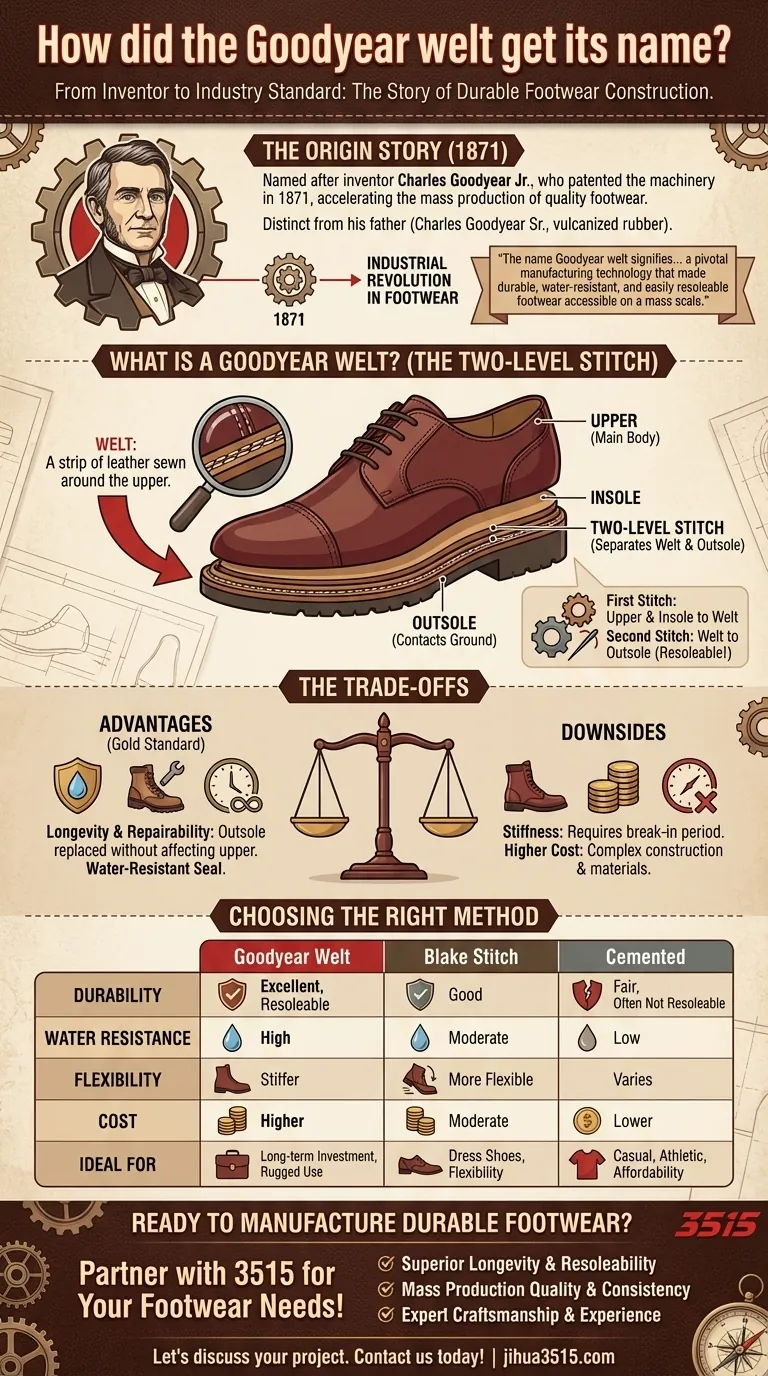
Related Products
- Wholesale Comfortable Business Casual Shoes Custom Manufacturing
- Custom Manufactured Air Cushion Leather Business Shoes for Wholesale
- Durable Rubber-Soled Utility Shoes for Wholesale & Custom Brand Manufacturing
- Wholesale Durable & Breathable Training Shoes for Custom Brands
- Wholesale Leather Derby Shoes Manufacturer | Customizable Business & Dress Footwear
People Also Ask
- Why is comfort important in dress shoes? Achieve All-Day Support for Professional Performance
- What should someone do if they are unsure about a company's dress code? Navigate with Confidence
- What are the long-term benefits of investing in quality dress shoes? Save Money & Boost Your Style
- Is it acceptable to wear dress shoes with casual outfits? Elevate Your Smart Casual Office Style
- How can one balance a casual outfit when wearing dress shoes? Achieve a Polished Smart Casual Look

